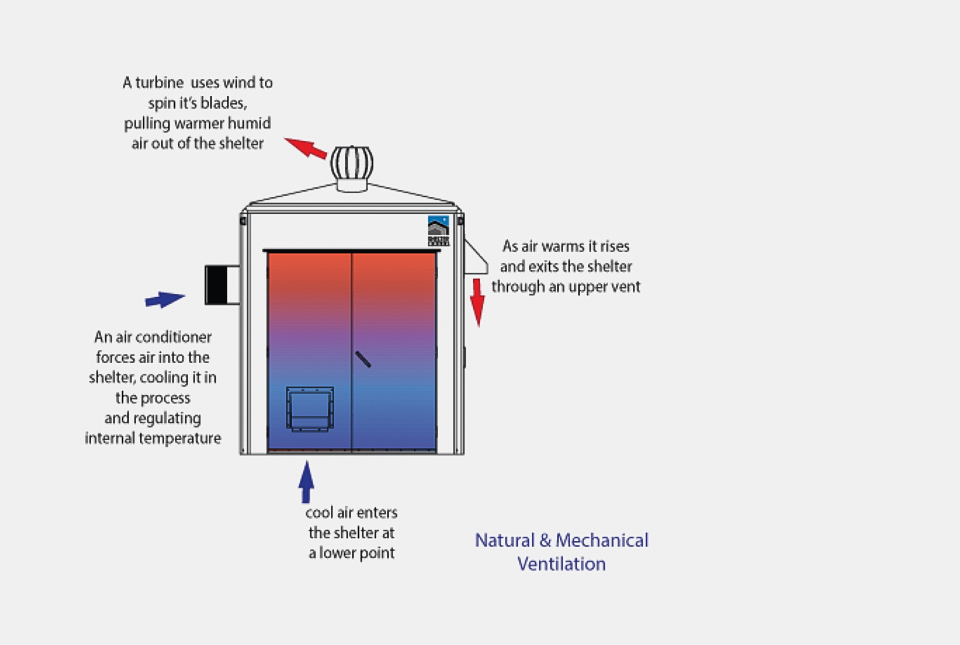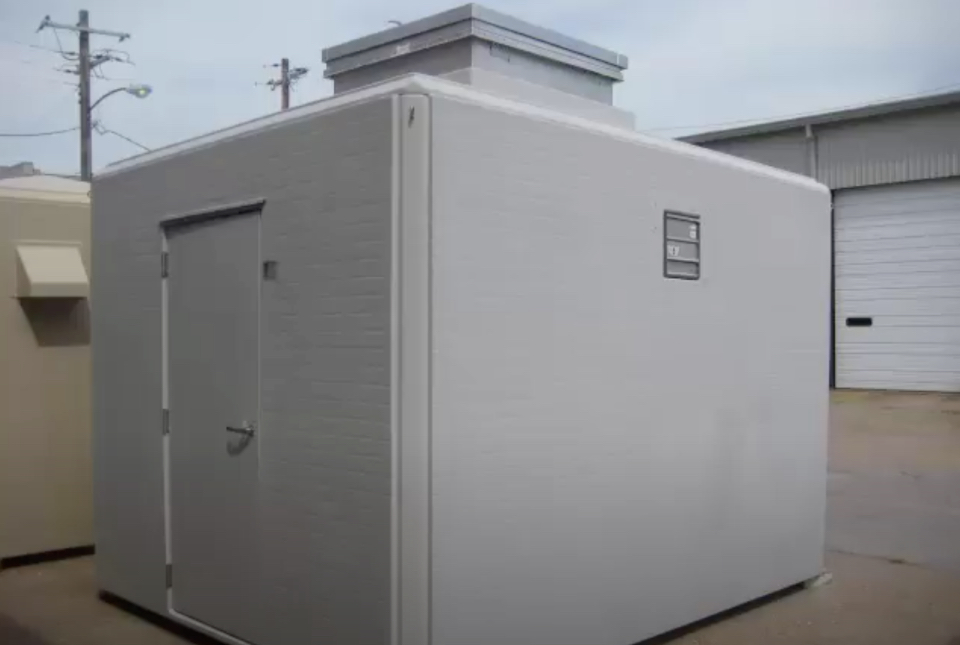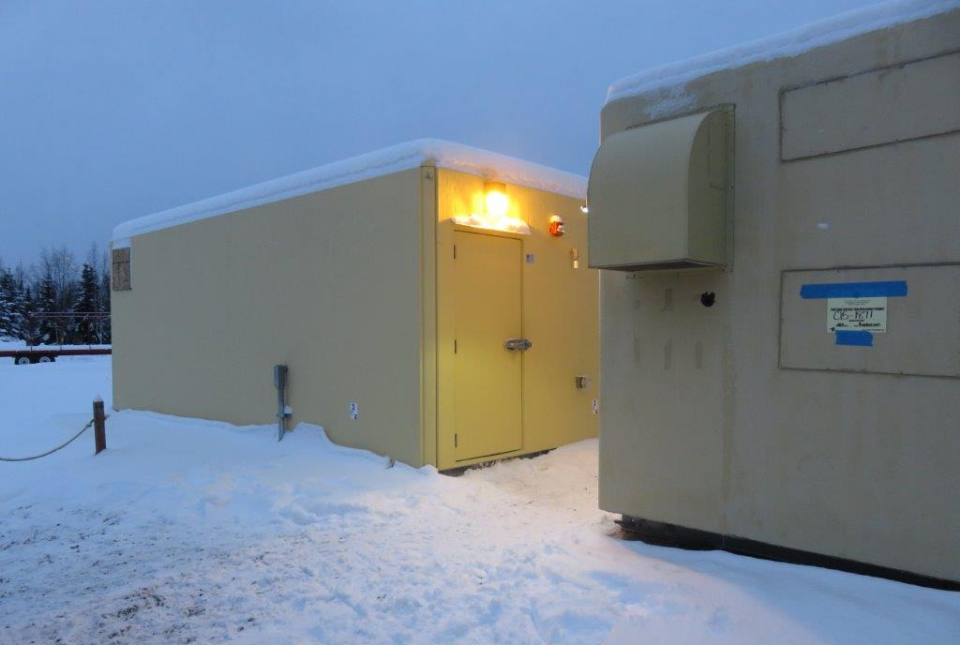Shelter VentilationHow Exhaust Works in a Fiberglass Building
One element of customization required by every fiberglass shelter we manufacture is ventilation. Ventilation improves interior air quality by introducing outside air and keeping the air within the shelter moving.
Ventilation Helps to Prevent
- Interior Air Stagnation
- Unpleasant Smells
- Excessive Moisture
- Dangerous Gas Build-Up
Ventilation Helps
- Control the Temperature
- Replenish Oxygen
- Remove Moisture
- Introduce Clean Air




